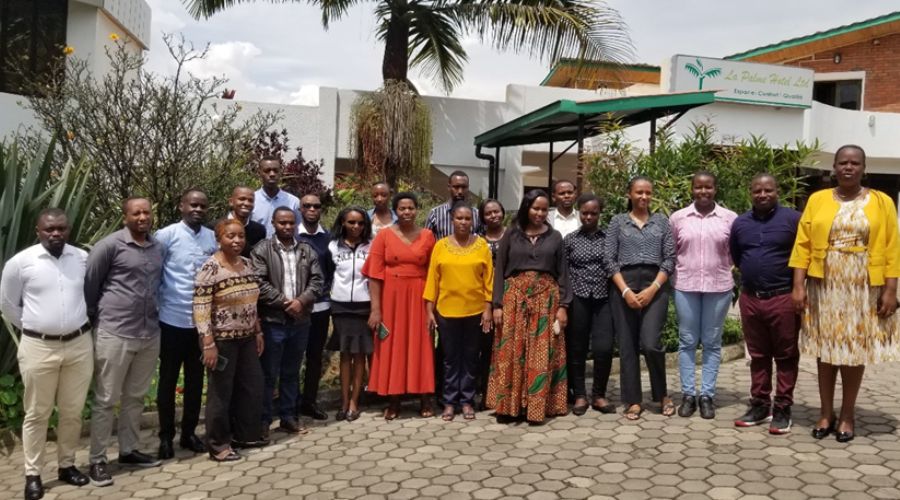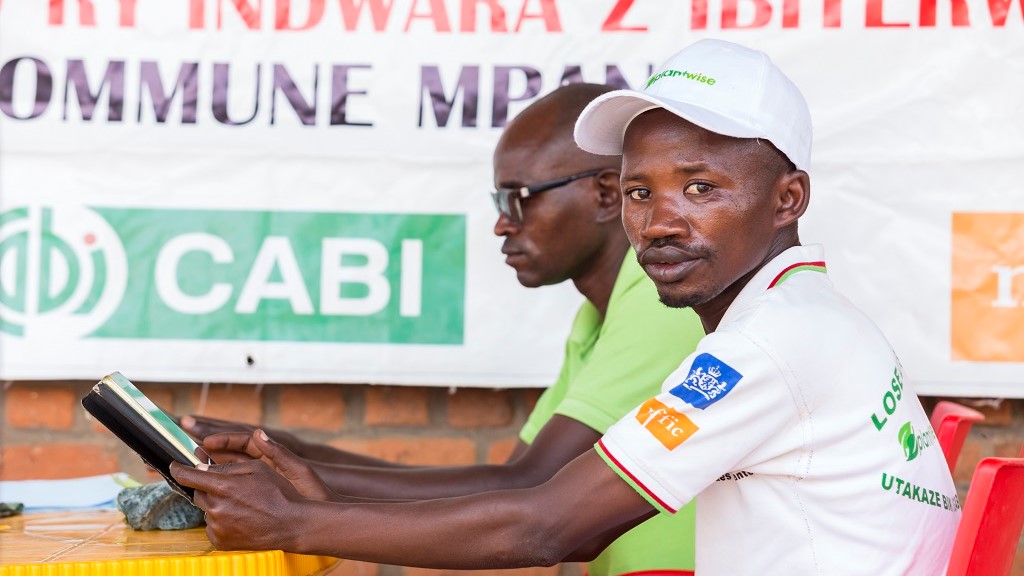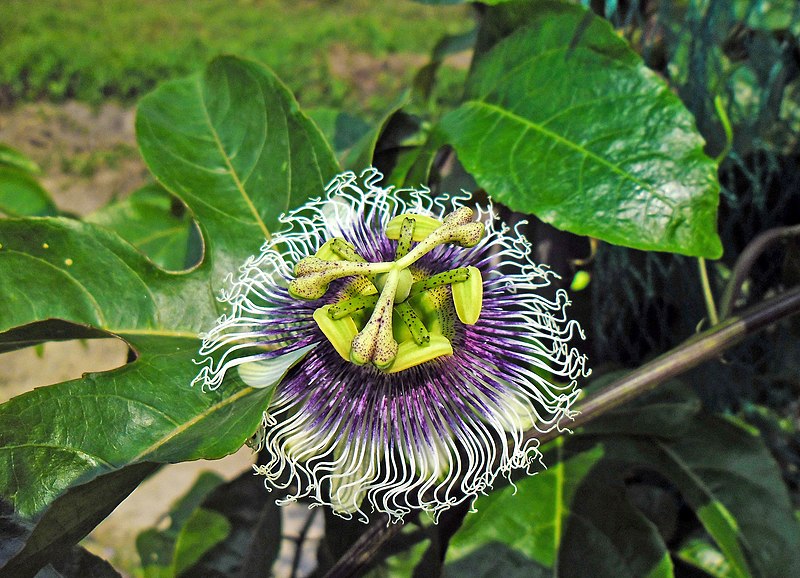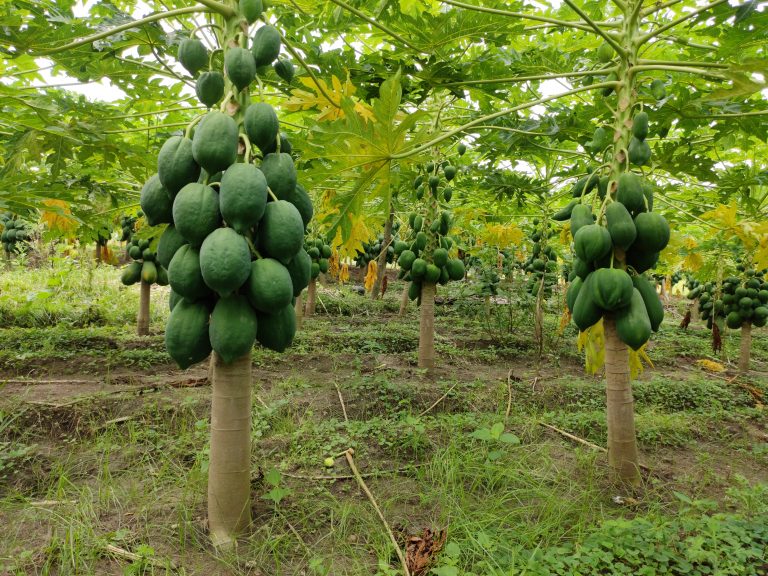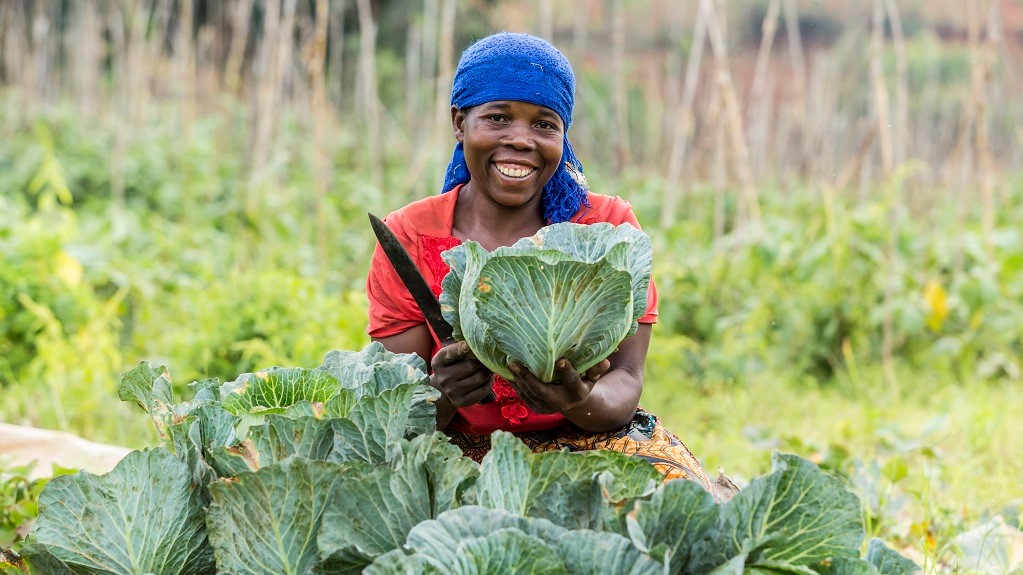Update: New Pest & Disease Records (20 April 2023)
We’ve selected a few of the latest new geographic, host and species records for plant pests and diseases from CAB Abstracts. Records this month include the first report of root rot on onion seedlings caused by Globisporangium irregulare in South Korea, and the first report of Cucurbit aphid-borne yellows virus infecting muskmelon (Cucumis melo) in…
Plant doctor training improves Rwandan farmers’ access to plant health advice
A six-day Plantwise plant doctor training session took place in Rwanda this March. Funded by CABI, the training aimed to build the capacity of Rwanda Inspectorate, Competition and Consumer Protection Authority (RICA) staff in the diagnosis of crop pest problems, and providing advice to farmers.
Three types of training delivering plant health knowledge to Burundi’s farmers
How do you reach millions of farmers with tried-and-tested plant health advice? The answer is to train the plant health advisors. In Burundi, Plantwise has been doing just this. In March 2021, Plantwise started to train plant doctors in Burundi to deliver plant health advice to farmers. And five months later, in August, Plantwise was…
Crop App Index: search over 800 plant-health apps
The Crop App Index website helps users to find the plant-health apps and websites they need to answer their crop pest and disease questions. CABI recently added a further 250 websites and apps to the search tool. It now features over 800 different plant-health-related platforms to support decision-making.
Update: New Pest & Disease Records (08 March 2023)
We’ve selected a few of the latest new geographic, host and species records for plant pests and diseases from CAB Abstracts. Records this month include the first report of Diaporthe phoenicicola causing leaf spot on blueberry in China and the first report of Neopestalotiopsis rosae causing crown and root rot of strawberry in California.
Crop-Livestock clinics in Uganda – One Health in practice
One Health approach to crop and livestock care in Uganda benefits hundreds of farmers The pandemic fundamentally changed the way we see health. Strong evidence points to COVID-19 originating in bats, and that connection has made us re-think the link between animal and human health. Moreover, the threat of climate change and pollution is forcing…
Update: New Pest & Disease Records (12 January 2022)
We’ve selected a few of the latest new geographic, host and species records for plant pests and diseases from CAB Abstracts. Records this month include the first report of Sclerotinia sclerotiorum on Atractylodes lancea in China and the first report of carrot torrado virus 1 (CaTV1) naturally infecting carrots in Spain.
Update: New Pest & Disease Records (05 December 2022)
We’ve selected a few of the latest new geographic, host and species records for plant pests and diseases from CAB Abstracts. Records this month include information about a new virus disease of sunflower from Nebraska and the isolation and identification of the top blight pathogen of Passiflora edulis.
Update: New Pest & Disease Records (07 November 2022)
We’ve selected a few of the latest new geographic, host and species records for plant pests and diseases from CAB Abstracts. Records this month include the first report of Tobacco mosaic virus infecting papaya in China and the first report of fruit rot of sweet pepper caused by Cladosporium cladosporioides in Israel.
How are plant health rallies supporting plant health in Burundi?
What are plant health rallies, and how are they supporting plant health in Burundi? Plant health in Burundi is getting a boost from plant health rallies. If you’re unfamiliar with this type of gathering, and how they help smallholder farmers, this blog is for you.


